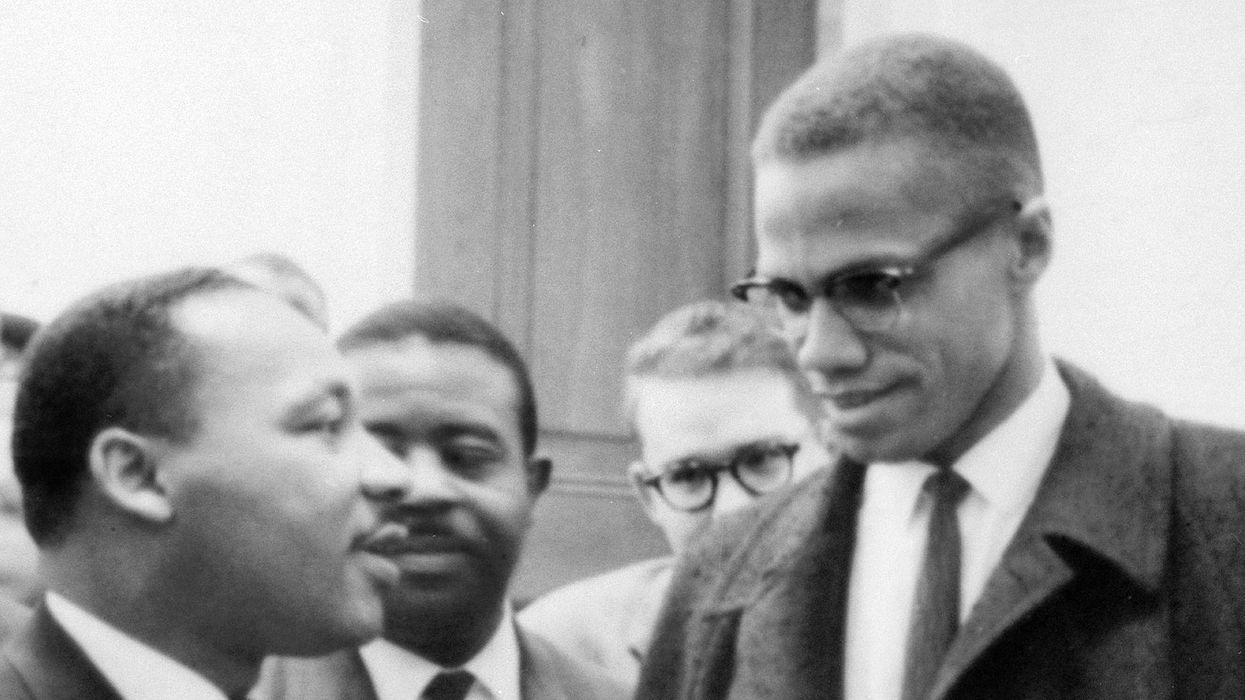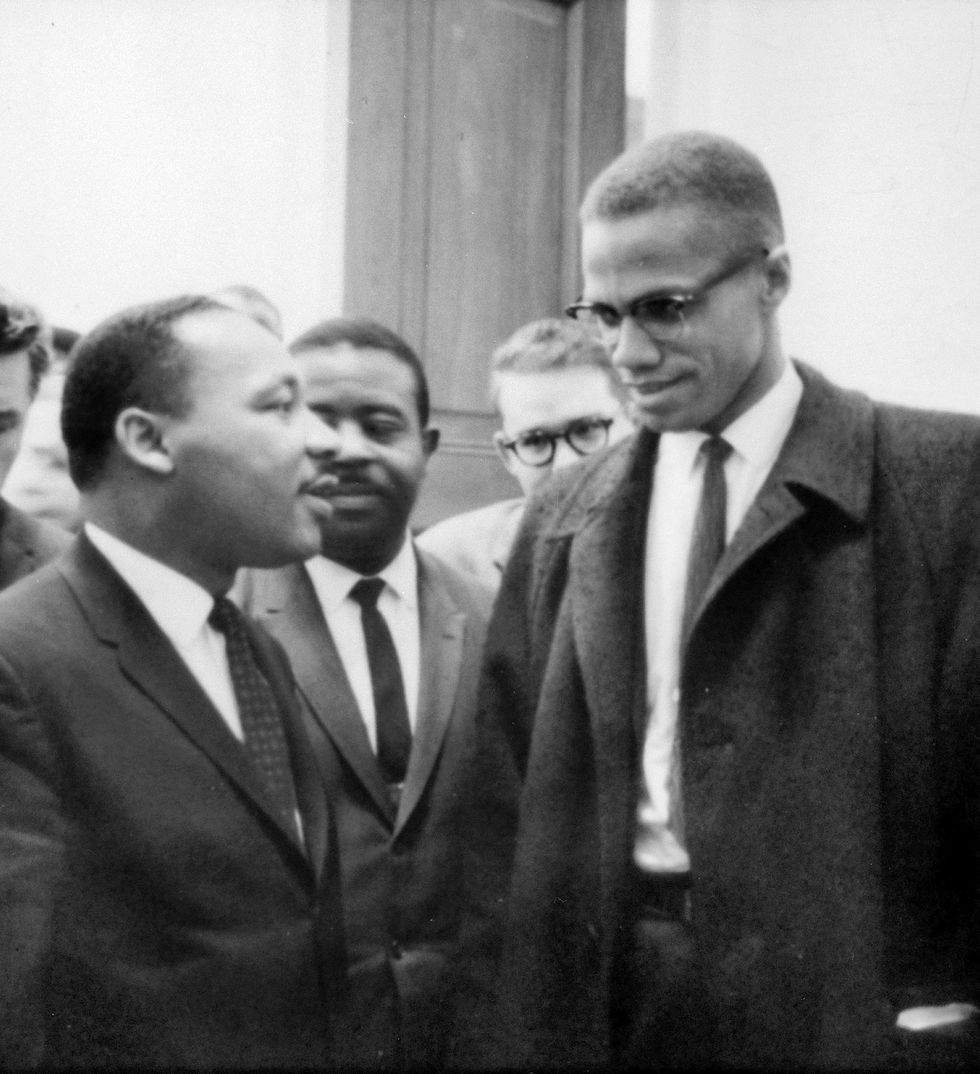News
Narjas Zatat
Apr 02, 2018

Library of Congress/ Wiki Commons
Martin Luther King was fatally shot and died in 1968 at the tender age of 39. The civil rights activist’s legacy stretches across decades and his commitment to elevating the rights of African Americans following the dark heritage of Jim Crow is still felt today.
His contemporary, Malcolm X, died three years before King, also at the age of 39, but they don’t just share the age they died.
Though their philosophies often clashed – with Malcolm X favouring a brand of nationalism that has often been criticised as violent, whereas Martin Luther King championed peaceful resistance – both of them had the same basic aim: to acquire equal rights for black people in America.
According to the Washington Post, the following image, taken outside Capitol Hill on 26 March 1964 was the only time the duo ever met before each was assassinated, first Malcolm X and then King.

They had both attended the Senate debate on the Civil Rights Act of 1964, a landmark bill that was enacted on 2 July and outlawed discrimination based on “race, colour, religion, sex or national origin”.
In many ways, it was the culmination of their work, and the beginning of the challenges that were to come.
King reportedly told Malcolm it was “good to see” him, and Malcolm responded that it too was good to see the pastor.
The image encapsulates an important turning point in time – a shift in the way African Americans came to be viewed in the US.
The two civil rights activists are often shown to be on opposing ends of a spectrum. It’s true that the duo agreed on very little, at least in the beginning of their respective careers: Malcolm had levelled scathing criticism at King, arguing for his exampl that his passive resistance was teaching black people to be “defenceless” in the face of white supremacy, and he once called King “a 20th century or modern Uncle Tom”.
King admitted that though “[Malcolm X] is very articulate…I totally disagree with many of his political and philosophical views — at least insofar as I understand where he now stands.”
However, recent scholarship says the duo were becoming more like the other – King was becoming more “militant” in his ideas about economic liberation for African Americans, and Malcolm’s views after he broke with the Nation of Islam in 1964 were also becoming more nuanced.
Writing about the Capitol Hill encounter in his book, David Howard-Pitney said:
In the last years of their lives, they were starting to love towards one another. While Malcolm is moderating from his earlier position, King is become more militant.
The image is a stark reminder that two important civil rights activists, instrumental to the empowerment of African Americans, were lost.
And that, though they have done much to free their people, there is still much to do.
Trayvon Martin’s mother Tracy summed it up in 2017, on the eve of her son’s death:
Our fight now is to make sure there are no more Trayvon Martins across this country. We feel strongly that the laws that pertain to African Americans are different to the laws applying to other individuals. That’s a conversation that this country is afraid to have. With all these other killings and police brutalities, I feel as though a systematic racism is plaguing this country and we have to take the blindfolds off. Racism is alive and well in America.
More: Martin Luther King Jr.'s granddaughter gave her own 'I have a dream' speech on gun control
More: A Republican tried to compare Donald Trump to Dr Martin Luther King Jr. He got completely destroyed
Top 100
The Conversation (0)













